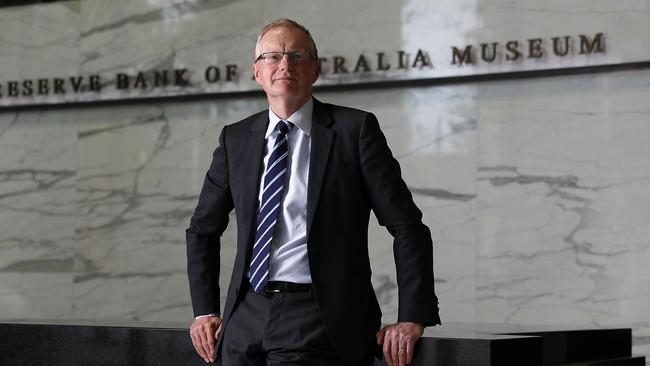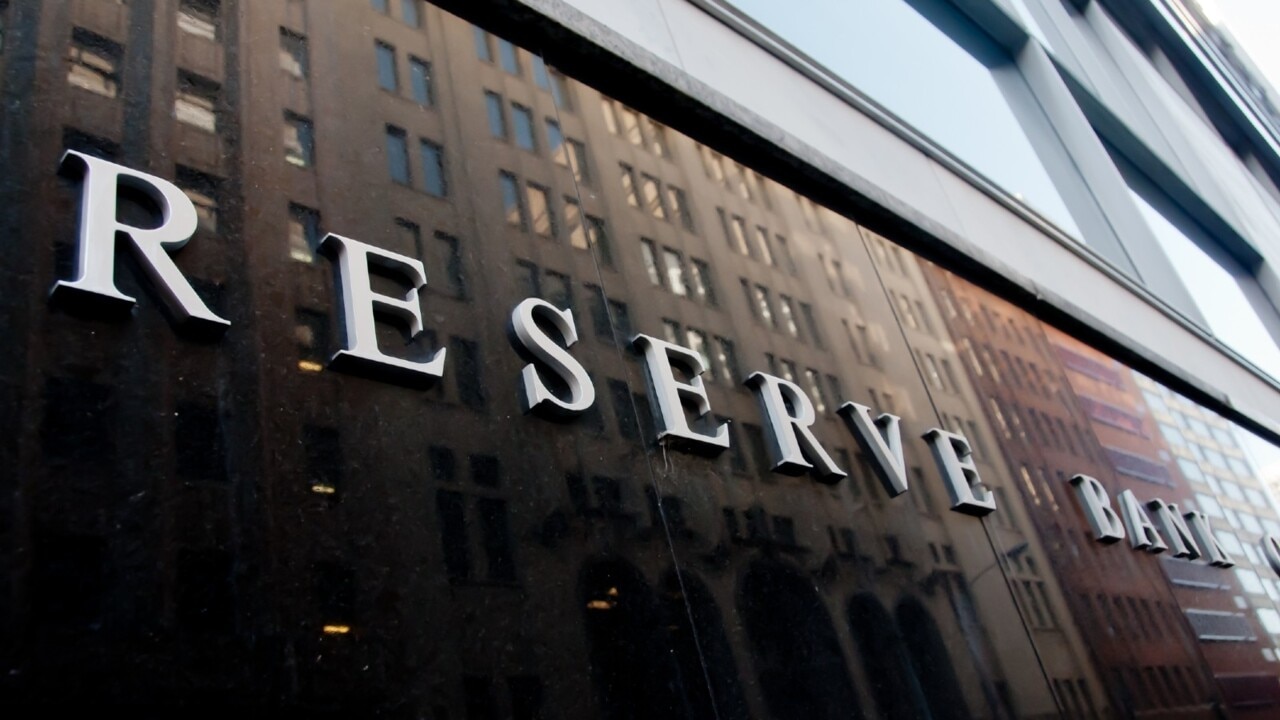Record debt as interest rate hike looms
Australians will head into the first rate hike cycle in 13 years with household debt as a proportion of disposable income at its highest level in history.

Australians will head into the first rate hike cycle in 13 years with household debt as a proportion of disposable income at its highest level in history – a situation experts say has made the economy more sensitive than ever to higher borrowing costs.
Reserve Bank of Australia governor Philip Lowe on Tuesday is expected to open the door to a lift in the cash rate later this year, after underlying inflation reached the central bank’s target for the first time since 2014 and two years ahead of schedule.
Regardless of the timing, economists say the massive spike in home lending through the pandemic means Dr Lowe will need to be careful to not tap the monetary policy brakes too hard or risk stalling economic growth.
RBA figures show the ratio of owner-occupier housing debt to household disposable income passed 100 per cent for the first time in the middle of last year, as Australians chased soaring property prices by taking on record-size loans.
The closely watched ratio reached 103 per cent by the September quarter, according to the latest data, versus less than 80 per cent at the start of the last rate hiking cycle in October 2009.
Including investors mortgages as well as credit card and personal loans brings the total household debt to disposable income ratio to 185 per cent – just below the previous peak in mid-2019, but roughly 25 percentage points above the most recent RBA rate lift-off in late 2009.
The national household debt burden will have only intensified through the balance of 2021, with RBA figures released on Monday showing growth in the total level of owner-occupier housing credit surging by 9.6 per cent over the year to December – the fastest pace since mid-2008.
Total credit growth, including total household lending and business borrowing, lifted to 7.2 per cent over the year – also the strongest in 13 years.

KPMG chief economist Brendan Rynne said owner-occupiers were more sensitive to changes in borrowing costs than landlords, and Dr Lowe would be aware that smaller lifts in the cash rate target would act as a stronger brake on consumption and investment.
Dr Rynne said Dr Lowe on Tuesday would announce the end of the $4bn-a-week bond buying program, and “we will start to get some stronger wording in the governor’s statement around the likely timing of an interest-rate increase”.
He said he expected the RBA board would lift the cash rate target from 0.1 per cent to 0.25 per cent at the November meeting.
“The very high levels of debt mean you need smaller moves in rates to get the same behaviour change to where we were historically,” Dr Rynne said, noting that owner-occupiers were particularly sensitive.
“If you get into trouble, you can’t offload your house like an investment property – you have the debt associated with the place you are living and sleeping. That means we will become much more responsive to interest rate movements, and that will flow through to changes in spending.”
Jarden chief economist Carlos Cacho said “once we do get wages picking up, the economy is going to be in a very strong position”.
“While rate hikes do have a contractionary impact, the economy is in a very good place,” he said.
Mr Cacho also flagged that while three or four rates hikes “should be very manageable, hiking much above 1.5 per cent could become a challenge, given the level of debt.
“The RBA is not going to be hiking us into a recession – at least not intentionally,” he said.
Also offsetting tighter policy is the $242bn in extra household savings accumulated as a result of massive taxpayer-funded income support and the lengthy lockdown periods during which Australians have been unable to get out and about and spend.
And while the housing debt to income ratio is historically high, the collapse in loan rates has made it easier to service even record high average loan sizes.
The ratio of interest payments to housing debt has dropped from 7.9 per cent in October 2009 when the RBA last started lifting rates, to just 4.4 per cent.








To join the conversation, please log in. Don't have an account? Register
Join the conversation, you are commenting as Logout